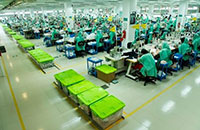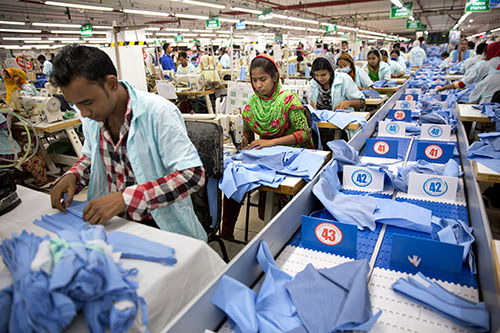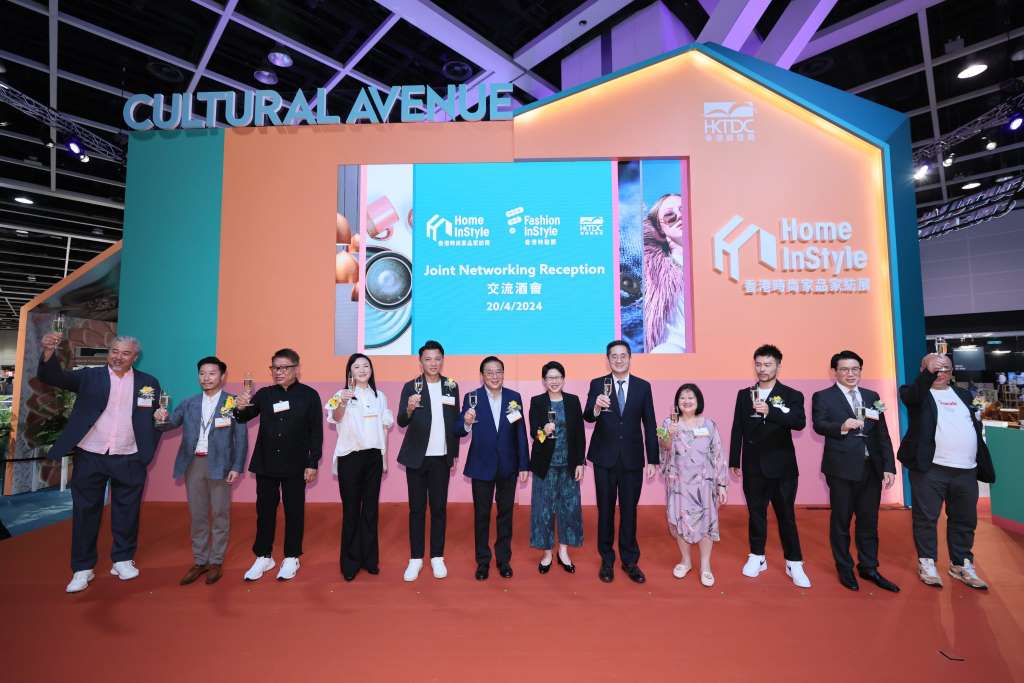"Politics is not the only factor that is leading to this shift. Factors like rising labor costs and an increasing reluctance in China to produce low-cost goods are equally responsible for brand exodus from China. Companies are diverting their supply chains despite the risk involved "
 The global apparel manufacturing map is changing with many fashion brands shifting their focus away from China to new attractive destinations. On October 1, President Trump increased the existing tariffs on $250 billion worth of Chinese goods from 25 per cent to 30 per cent. He also taxed an additional $300 billion worth of Chinese imports at 15 per cent rate. This led to fashion brands such as Uniqlo, Levi’s, Crocs, Calvin Klein and Tommy Hilfiger moving their entire manufacturing base out of China.
The global apparel manufacturing map is changing with many fashion brands shifting their focus away from China to new attractive destinations. On October 1, President Trump increased the existing tariffs on $250 billion worth of Chinese goods from 25 per cent to 30 per cent. He also taxed an additional $300 billion worth of Chinese imports at 15 per cent rate. This led to fashion brands such as Uniqlo, Levi’s, Crocs, Calvin Klein and Tommy Hilfiger moving their entire manufacturing base out of China.
However, politics is not the only factor that is leading to this shift. Factors like rising labor costs and an increasing reluctance in China to produce low-cost goods are equally responsible for brand exodus from China. Companies are diverting their supply chains despite the risk involved
Bangladesh emerges a popular choice
A lot of brands are migrating to Bangladesh. They are training their workforce and importing new expensive machinery into the country which has the capacity to manufacture everything from denim to shoes. They have even developed the laser technology needed to create high-quality jeans in the country. 
However, Bangladesh is yet to fully smoothen out the difficulties that previously beset its manufacturing industry. Brands and customers still cannot forget the Rana Plaza tragedy in Dhaka, killing 1,134 people – even though safety standards have improved significantly since then.
Vietnam gains popularity for footwear manufacturing
Another emerging popular choice is Vietnam, especially for footwear manufacturers. The country offers free trade with end-market countries including the 28 nations of the EU, Australia, Canada, Japan, Mexico, New Zealand and Singapore. Workers are skilled, labor is cheaper than China, the country’s infrastructure is also well developed. The country produces a much higher amount of footwear than anywhere else in Southeast Asia. It also makes very high-quality footwear, which is why Uniqlo makes all its footwear in Vietnam even though they rely largely on Bangladesh for everything else.
Favorable government policies attract brands to Cambodia
The third popular destination for brands is Cambodia, where apparel manufacturing accounts for 80 per cent of national export earnings and employs more people than any other industry. The country allows 100 per cent foreign equity ownership and an exemption from import duty on machinery and equipment. It’s ports helps it to import raw materials from China.
Cambodia also benefits from the EU’s ‘Everything but Arms’ scheme, which allows developing countries duty-free access to the EU market for export goods.
Indonesia to digitise clothing and textile industry
Alongwith these countries, Indonesia are also emerging as a preferred manufacturing destination for brands. The country’s capital Jakarta is rolling out an ambitious plan to digitalise its clothing and textile industry by 2030. This will be achieved by investing in top-quality machinery, training the workforce and working with local and international investors to build new, artificial-intelligence-ready factories.
The Indonesian government also wants to introduce the 3D scanning technology where customers can send in a 3D scan of their measurements and receive clothes fitted to their bodies – and AI-related 5G technology.
Though all these countries have a lot of potential, it won’t be easy for them to replace the role of China as a global apparel manufacturer. They will have to engage in plenty of cross-border sourcing in order to meet their requirements.












